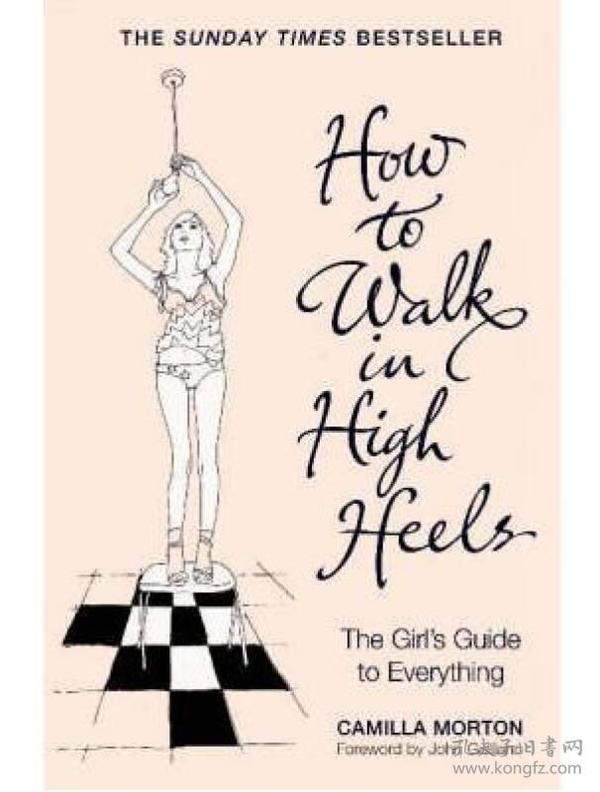How to Knit a Scarf with Hands
Hand knitting a scarf is a relaxing and creative way to spend an afternoon. Here’s a basic guide on how to get started: Cast on the desired number of stitches onto your needle, usually between 20 and 30. Then, slide the needle through the first stitch, wrap your yarn around the needle, and pull it through the stitch. This creates a new stitch on the opposite needle. Continue this process, alternating between the two needles, until you reach the desired length of scarf. Finally, cast off by threading your yarn through the remaining stitches and securing the end. Now you have a beautiful, handmade scarf!
Knitting a scarf by hand is a relaxing and creative hobby that can also be a great way to show off your crafting skills. From choosing the right materials to mastering basic stitches, here’s a comprehensive guide on how to create a beautiful scarf using only your hands and a few essential tools.
1. Materials and Tools:
Yarn: The first step is to choose the right yarn. Consider the material (such as wool, cotton, or acrylic), color, and thickness (worsted, bulky, etc.) based on your desired scarf texture and purpose (e.g., warmth, decoration).

Needles: Select appropriate-sized knitting needles based on the yarn thickness you’ve chosen. For instance, if you’re using bulky yarn, you’ll need larger needles.
Scissors: You’ll need scissors to cut the yarn when you’re finished knitting.
Tapestry needle: This special type of needle is used for weaving in the yarn ends once the scarf is complete.
2. Basic Knitting Stitches:
Cast On: This is the initial process of setting up the knitting project. There are several cast-on methods, including the basic, garter, and twisted cast-ons. Choose one that suits your scarf pattern.
Knit Stitch: The knit stitch is the most basic of all knitting stitches. It involves wrapping the yarn around the needle and pulling it through the existing stitch. Repeat this process along the entire row.
Purl Stitch: The purl stitch is the opposite of the knit stitch. It involves wrapping the yarn over the needle and then pulling it through the existing stitch.
3. Creating the Scarf:
Pattern: Decide on a pattern or design for your scarf. You can stick to a simple straight line for a classic look, or opt for something more intricate like a cable pattern.
Increasing and Decreasing Stitches: To make the scarf wider or narrower, you’ll need to know how to increase or decrease the number of stitches. This can be done by casting on or off additional stitches at the edges of the scarf.
Blocking: After you’ve completed the scarf, it’s essential to block it. This process involves stretching and shaping the scarf to its desired size and shape. Use a blocking board or large flat surface, spray with water, and gently shape the scarf into its final form. Allow it to dry completely before removing it from the blocking surface.
4. Weaving In Ends:
Once your scarf is complete, there will be yarn ends that need to be woven in. Use a tapestry needle to thread the yarn ends through the base of the scarf, securing them on the wrong side. This ensures that the ends won’t be visible on the right side of the scarf.

5. Finishing Touches:
After weaving in all the ends, give your scarf a final inspection. Make sure all the stitches are even and there are no loose ends. You may need to trim any excess yarn with scissors.
Your scarf is now ready to wear or gift!
Tips and Tricks:
Gauge: It’s essential to establish a consistent gauge (number of stitches per inch) when knitting a scarf to ensure it turns out the right size. A gauge swatch is a good way to practice and test your gauge before starting your actual scarf project.
Tension: Maintaining consistent tension is key to preventing your scarf from being lumpy or uneven. Practice and patience are essential here; don’t be afraid to frog (undo) a few rows if you find your tension is off.
Reading Patterns: If you decide to branch out and try more complex patterns, it’s essential to learn how to read and follow knitting patterns closely. This includes understanding abbreviations, converting them into actual stitches, and following the pattern row by row.
FAQs:
Q: How long should a scarf be?
A: The length of a scarf can vary depending on personal preference and the purpose for which it will be used (e.g., neck warmer, shoulder wrap, etc.). As a general rule, a standard-sized scarf can measure anywhere from 5 to 8 inches wide and 4 to 6 feet long when completed.
Q: What type of yarn is best for a scarf?
A: The best type of yarn for a scarf depends on its intended use and personal preference. Acrylic yarn is often chosen for its affordability, durability, and wide range of colors and patterns. However, wool or cotton yarn can also be excellent choices, offering natural fibers that are breathable and comfortable against the skin. Consider factors such as allergy concerns, care instructions, and budget
Articles related to the knowledge points of this article:
Feather Yarn: The Unique Material for Winter Fashion
The art of wearing a down jacket
Mens Down Jacket Outfits: Fashion Tips and Ideas for Cold Weather
Title: Mastering the Art of Tying a Tie: A Step-by-Step Guide



